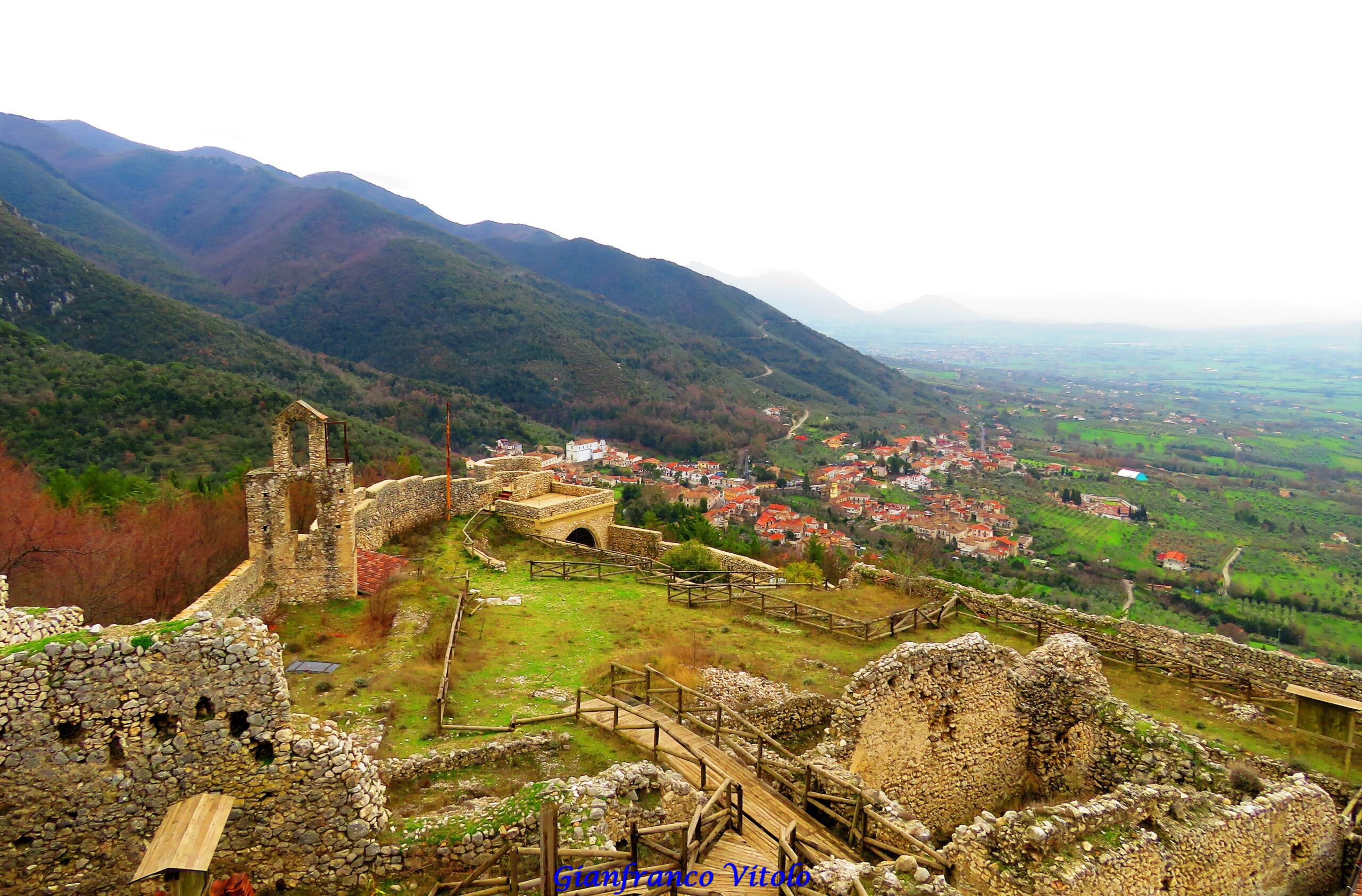Legacy, Landscapes, and the Lure of Sant’Angelo d’Alife
In the shadow of the Campanian Apennines, where nature weaves a landscape of lush valleys and majestic peaks, rests Sant’Angelo d’Alife, a town cloaked in the serene whispers of its multifaceted history. From the ancient Samnites to the Romans, the Lombards, and the Normans, each epoch contributes a layer, a testament to the unyielding spirit and resilience of its inhabitants.
Central to this storied past stands the ruins of Castle Sant’Angelo di Ravecanina, erected in the 11th century by family members of Rainulf Drengot, a noted Norman adventurer and mercenary. These remnants, once standing as vigilant guardians, now instead stand as silent custodians of history, their stones interwoven with the footsteps of ancestors, resonating with the essence of survival and defiance that characterized their era.
The town’s churches, scattered like jewels across the landscape, narrate a saga of faith and artistry. Their walls, imbued with the spirit of countless generations, echo with the devotion and community bonds that have shaped Sant’Angelo d’Alife. Each stone and fresco within tells a story, a pledge of beauty, transcendence, and the enduring search for solace under their hallowed domes.
Sant’Angelo d’Alife is cradled by the earth itself, a testament to the timeless dance of nature and the cycles of life and renewal. The surrounding mountains, eternal and unwavering, stand sentinel, their slopes a sanctuary for the rich tapestry of flora and fauna. This land, traversed by hikers and nature enthusiasts, speaks of a deep, intrinsic connection to the world, offering solace and the profound joy of unity with nature.
This town’s cultural fabric is vibrant, a kaleidoscope of tradition and celebration. Festivals illuminate the seasons, each an exuberant testament to the community’s heritage and the stories woven into the fabric of daily life. The air is perfumed with the essence of local cuisine, each dish a narrative of the land’s bounty and the labor of love that brings sustenance from soil to table, celebrating both taste and tradition.
Yet, Sant’Angelo d’Alife transcends mere historical relic; it pulses with life, harmonizing the rhythm of the modern with the reverence of its past. It stands as a bastion of tranquility against the modern tide, a sanctuary where time unfurls slowly, allowing for introspection, connection, and an appreciation for the enduring beauties of existence.
Significantly, this town holds a personal connection that deepens its historical tapestry: my wife Tina’s maternal ancestors are among the many founding families of present-day Sant’Angelo d’Alife. This lineage imbues the town with an even richer significance, highlighting the deep roots and interconnectedness of families that have shaped its essence over centuries.
Sant’Angelo d’Alife, nestled in the embrace of nature and history, is a living mosaic of human experience, a place where past and present converge. Here, every element – from the ancient stones to the winding paths and the legacy of its people – narrates the enduring saga of human resilience, community, and the harmonious balance with the land. It serves as a poignant reminder of our collective history, the beauty of the human spirit, and the continuous whisper of the past, beckoning us to listen, learn, and remember.
Below are some photos of the village and castle ruins taken by cousin Marcellino “Dr. Italy” D’Ambrosio.
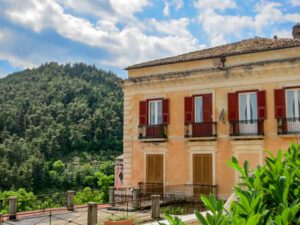
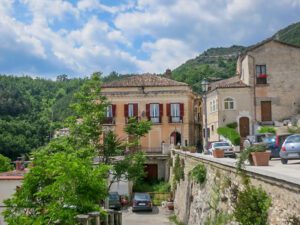
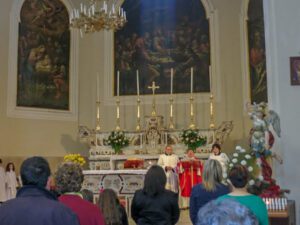


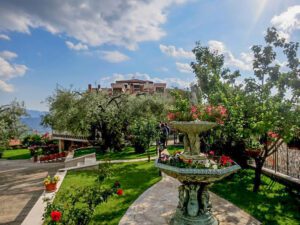


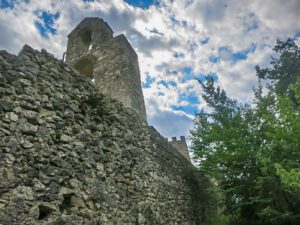
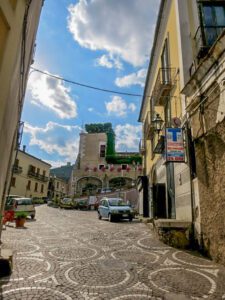
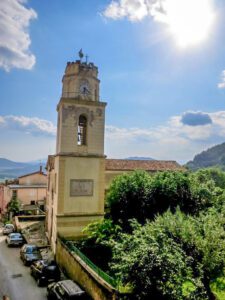

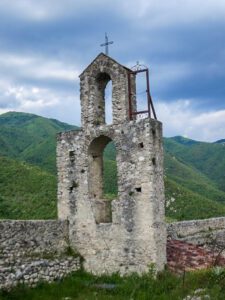
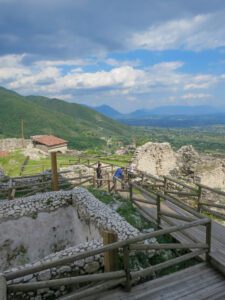
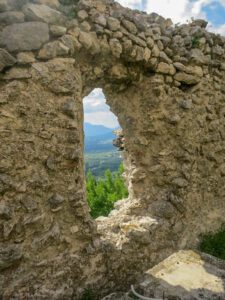
About the Blog
This website was established to assist in the research the Sawn family name as well as the many surnames associated with it. It was set up to assist in the research of these families and contains related documents and photos collected over the year. The blog represents the stories and histories uncovered about our ancestors during this research.
Recent Comments
- Sabine J on The Sauer Family and Murphy’s Law
- Daniel Sawn on The Name’s the Same
- Cleo Sawn on Where are all the Sawns?
- Cleo Sawn on Who is in my family tree?
Categories
- Cultural and Regional Studies (3)
- Economic and Business History (1)
- Genealogy and Ancestry (8)
- Heritage and Legacy (1)
- Historical Context and Events (3)
- Historical Figures and Impact (2)
- Historical Records and Research (2)
- Military and War History (4)
- Monuments and Memorials (1)
- Personal Histories and Narratives (7)
- Research Techniques and Analysis (1)
- Tragedies and Accidents (3)

